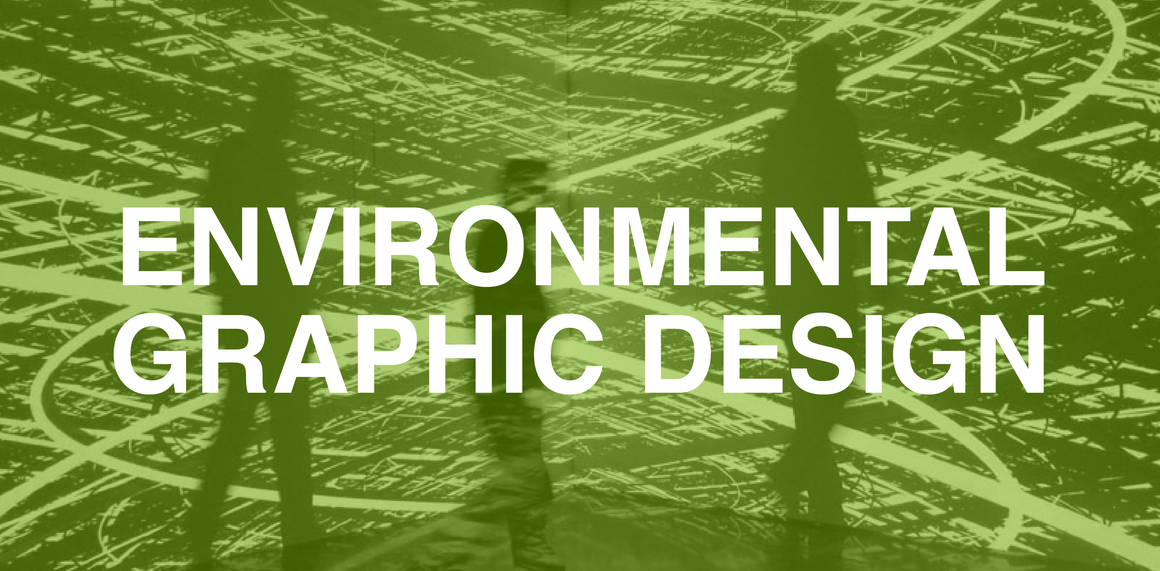First, what do designers mean when they say they specialize in Environmental Graphic Design? What are some examples?
Environmental Graphic Design (EGD) is a term used to describe graphic design for the built environment. It bridges across many design disciplines including graphic, architectural, interior, landscape, and industrial design, all concerned with shaping the idea of place.
I was first introduced to EGD in college when I worked on a team that was joomla_4eloping a wayfinding system for senior citizens that were experiencing dementia in their assisted-living facility. These seniors would get lost or confused while traveling the long, unvaried hallways of the building and have trouble finding their way back to their rooms; adding to their overall anxiety and fear. Our team made design additions that gave them much stronger visual cues of location and place which resulted in less confusion for the residents and an improvement in their overall quality of life.
Since then, I’ve had the opportunity to work on a variety of EGD projects that have included airport, museum and hospital wayfinding systems, retail signage and graphics for malls, exhibit design and interpretive graphics for museums, and branding/identity signage for public installations and institutions. Each project poses a different set of challenges that keeps things interesting!
Do you take a different approach to designing signage for example comparing to the approach taken when designing a brochure or other marketing collateral?
There are similarities and differences between signage and print design. Both require conceptual phases, design Development phases and then production phases. With signage, there are a lot of technical aspects that cross over into the realm of architecture and interior design. A big difference with signage is in most cases it is physically more permanent than print. Signage needs to be able to withstand the elements (especially if it’s outdoors or in a public space) and be structurally sound while meeting code requirements. The general scale of the work is also very different. Often with print, the finished product can viewed at actual size throughout the project. With signage, environmental graphic designers work at a reduced scale since it’s impractical to do otherwise.
Can digital and physical environmental graphics co-exist?
Yes, definitely. There have been great technological leaps forward in the past decade that are redefining the boundaries between our physical and virtual environments. In many cases our physical and virtual world are becoming intertwined. I can’t wait to see where the next decade takes us.
We’re beginning to see a lot of discussion about the creation of experience, particularly as it relates to connecting products, brands, organizations and places with potential consumers, members, and community members. Can you describe how this impacts your approach to design?
I think consumers and the general public expect and desire a fully branded experience from companies and organizations these days. There are many more brand “touchpoints” (e.g. physical spaces, websites, print collateral, social media, etc.) that exist and it’s important for designers to recognize these opportunities to communicate client messages through them. Signage and Environmental Graphics are a piece of a larger whole when it comes to connecting people to a brand or a place.



Leave a Reply